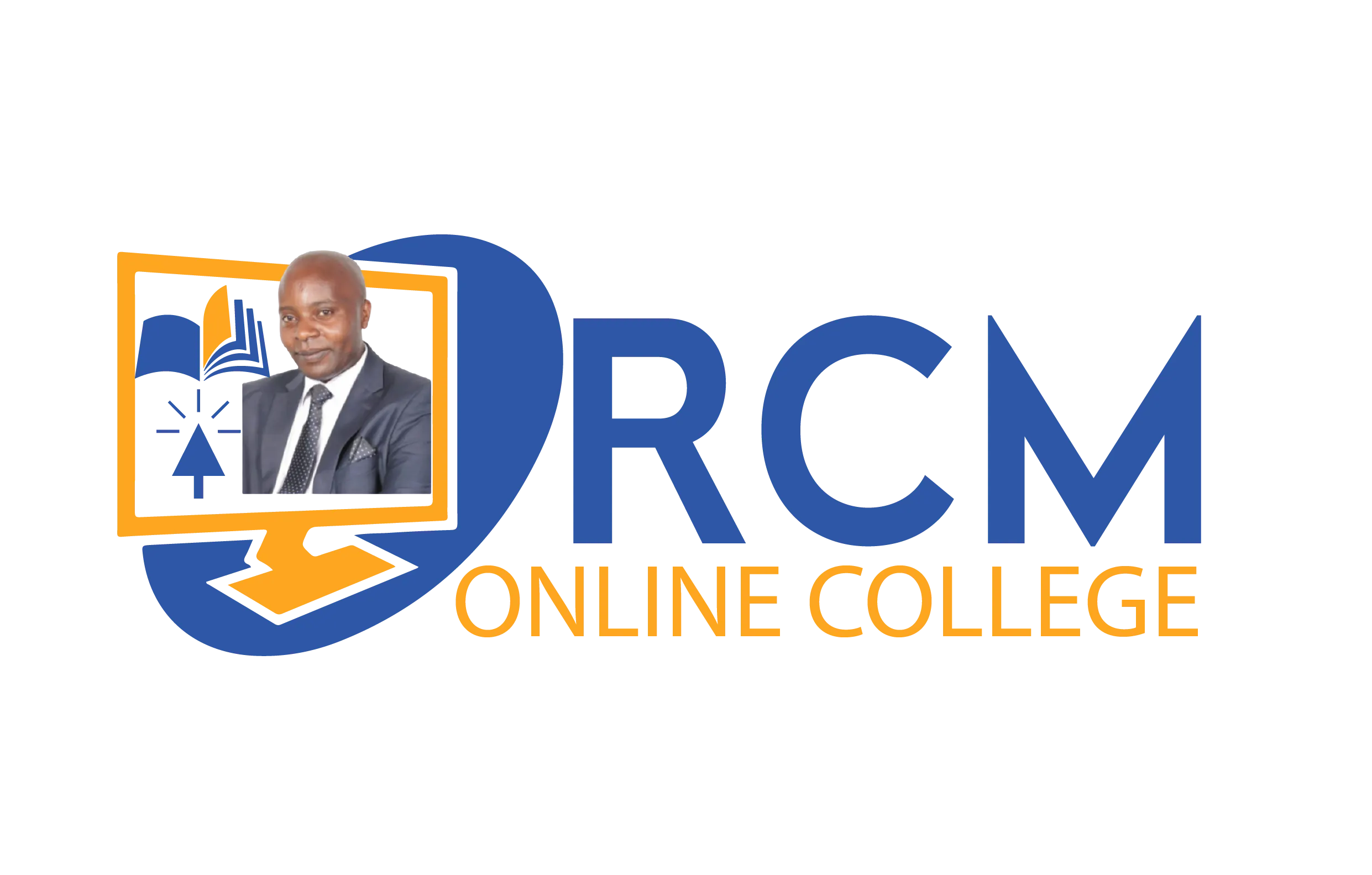Miller-Orr model
The Miller-Orr Model is a cash management model that helps companies determine the optimal cash balance to minimize the costs associated with holding excess cash or facing cash shortages. It sets upper and lower control limits within which the company’s cash balance should fluctuate.
The model is based on the following assumptions:
- Cash inflows and outflows are known and constant over time.
- Cash flows are independent and follow a normal distribution.
- The cost of holding cash is represented by the opportunity cost of investing excess cash and the cost of trading securities to convert them into cash.
- The cost of a cash shortage is represented by the transaction cost of raising funds to cover the shortfall.
The Miller-Orr Model involves three key parameters:
- Target Cash Balance (Z): This represents the desired level of cash that the company wants to maintain on average. It serves as the midpoint between the upper and lower control limits.
- Upper Control Limit (H): This is the upper threshold above which the company’s cash balance should not exceed. It triggers the transfer of excess cash into interest-bearing securities.
- Lower Control Limit (L): This is the lower threshold below which the company’s cash balance should not fall. It triggers the transfer of funds from interest-bearing securities back into cash to cover any cash shortages.
The steps involved in implementing the Miller-Orr Model are as follows:
- Determine the target cash balance (Z).
- Calculate the standard deviation (σ) of the company’s daily cash flows.
- Calculate the desired safety level (S), which represents the distance between the target balance and the control limits (S = 3√(3)σ).
- Determine the upper control limit (H) as H = Z + S and the lower control limit (L) as L = Z – S.
- Determine the optimal transfer amount (T) as T = √(2) × S.
- Monitor the cash balance on a daily basis and initiate transfers when the upper or lower control limits are breached.
- Transfer excess cash into interest-bearing securities when the cash balance exceeds the upper control limit.
- Transfer funds back into cash when the cash balance falls below the lower control limit.
By implementing the Miller-Orr Model, companies can effectively manage their cash balances, reduce transaction costs, and minimize the opportunity cost of holding excess cash. It provides a systematic approach to maintaining an optimal cash position and ensures that the company has sufficient liquidity while maximizing the return on cash investments.
